When Jewish holy days come around, my taste buds start tingling.
True, matzah doesn’t always rock my boat, but the latkes and doughnuts of Hanukkah do. So does and my Mother’s famous chocolate challah bread and a chilled cup of moscato wine from Ralph’s on a Friday night. All of the Jewish minhagim — traditions — including the foods we eat, are deeply intentional and play a significant role in connecting to the unique spiritual theme of the day
Two loaves of challah hearken back over three thousand years ago to the double portion of manna the Jewish people received from above on Friday for Shabbat. Today, we too cease from working for our bread on Shabbat and recognize that ultimately our blessing for success comes from above. Wine has endless symbolism. One is that it’s one of the only physical things on earth that actually gets better over time. This reminds us to value that which betters with age: wisdom, spiritual growth, refinement, good deeds — these we take with us as we age and into the next world, not the transient things. While the body may deteriorate, the soul can shine greater as we grow in years and wisdom.
On Purim, we eat hamantaschen, a triangular shaped cookie with a hard exterior but a sweet filling on the inside. What’s the deeper significance here beyond the delicious sugar and carbs? And why name this food after the villain of the time, Haman?
The Purim story is incredibly unique within Judaism. Being saved by G-d from annihilation by anti-Semites is (sadly) nothing new, but this happening in what seems like a natural order of events without any miracles is truly unique. Megillat Esther is the only one of the twenty-four books of Tanakh where G-d’s name is not mentioned even once!
Our essence transcends the names we have. A name is the way in which we reveal and connect ourselves to others. Of course during the Purim events G-d was running the show, just as He is now. But unlike today’s social media influencer, G-d is more of a puppet-master behind the scenes, guiding the show hidden from the public eye. Nameless. This fundamental Jewish tenet of reality is woven throughout every element of the Purim story. “Megillat Esther” — Scroll of Esther, can also be read as: “Megaleh ha’hester” — Revealing what is hidden.
The hamantaschen we eat on Purim is the story of our lives: As tough and unsavory as an event may seem to us on the surface, there is always a sweet inner reason beneath it. Like on Purim, G-d Is hidden but intimately involved in our lives. As the prophet Jeremiah said: ‘Evil does not descend from above.’ With this understanding we can withstand the greatest of hardships. The Purim cookie is named after the wicked Haman to remind us that behind the very worse things in life is a deeper plan within. Haman was hung on the very gallows he built for Mordechai. In destruction was redemption waiting to manifest.
Just as we wear Purim masks and costumes, G-d’s mask is this world and the laws of nature. By taking the Purim story to heart and recognizing the One behind the mask of reality, the mystics say we can cause a reciprocal lifting of the veil of secrecy above. Your life too is a Megillah scroll. As you bite into your gluten free, non-Gmo, sugar free, organic hamantaschen this year, remind yourself of the sweet Divine intention behind every detail of your life’s journey.

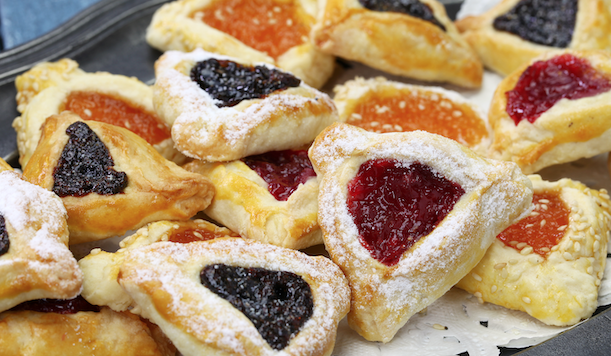
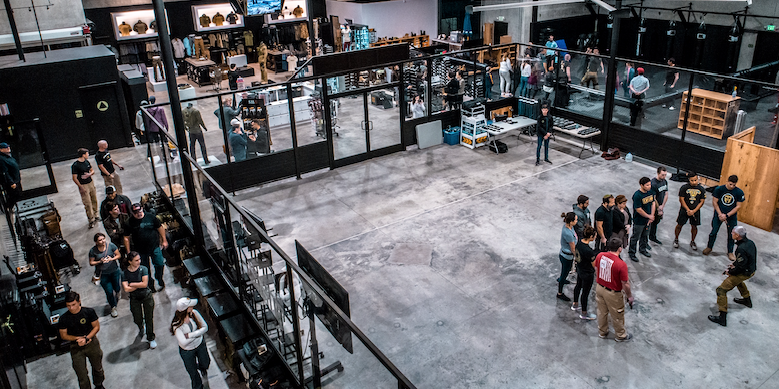
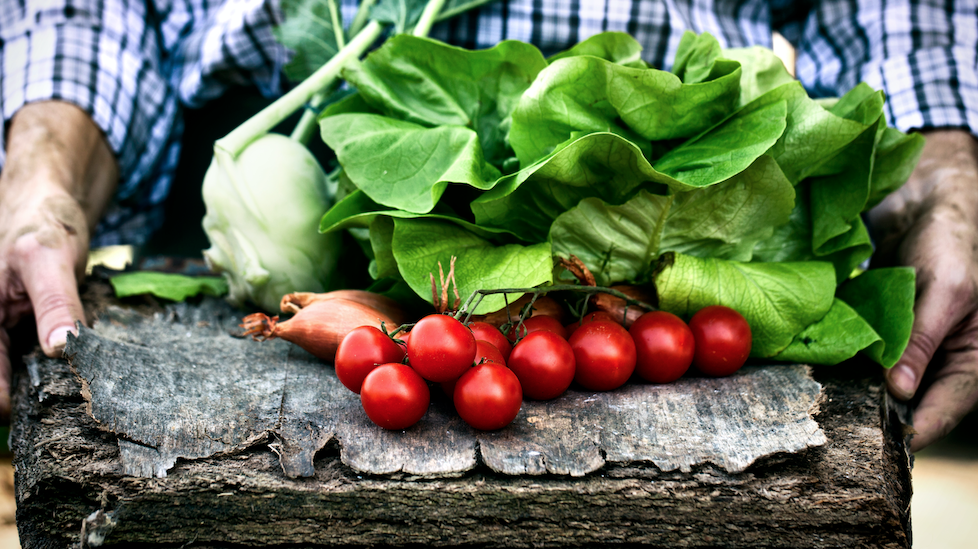
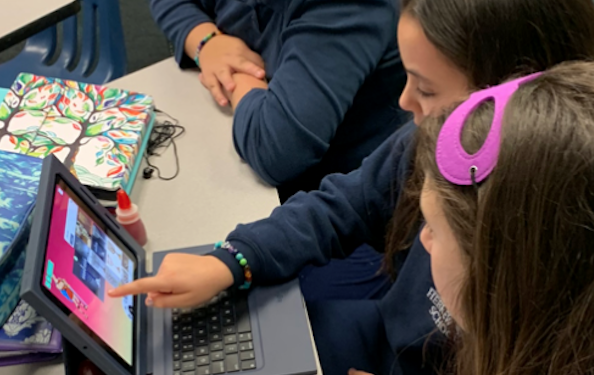
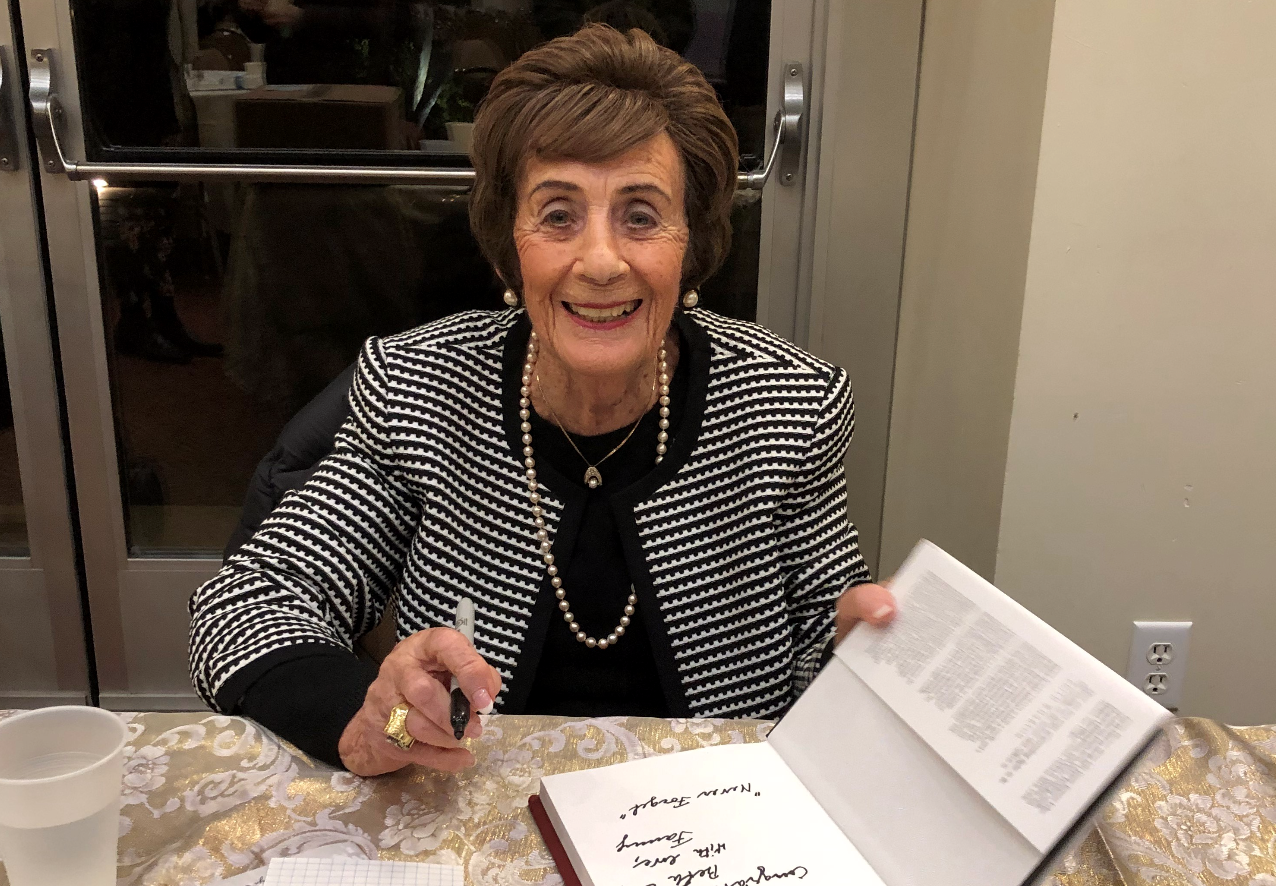


Comments